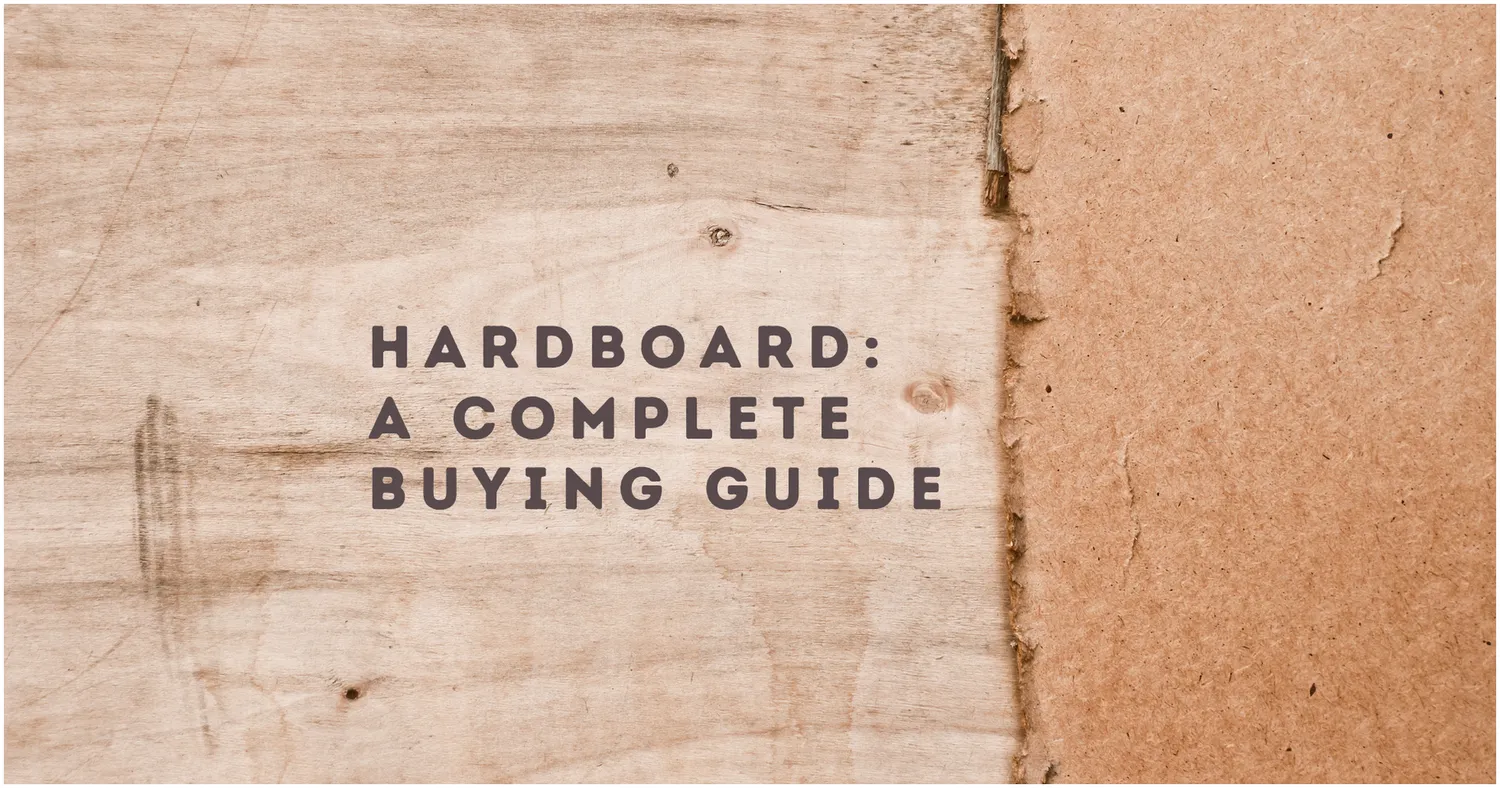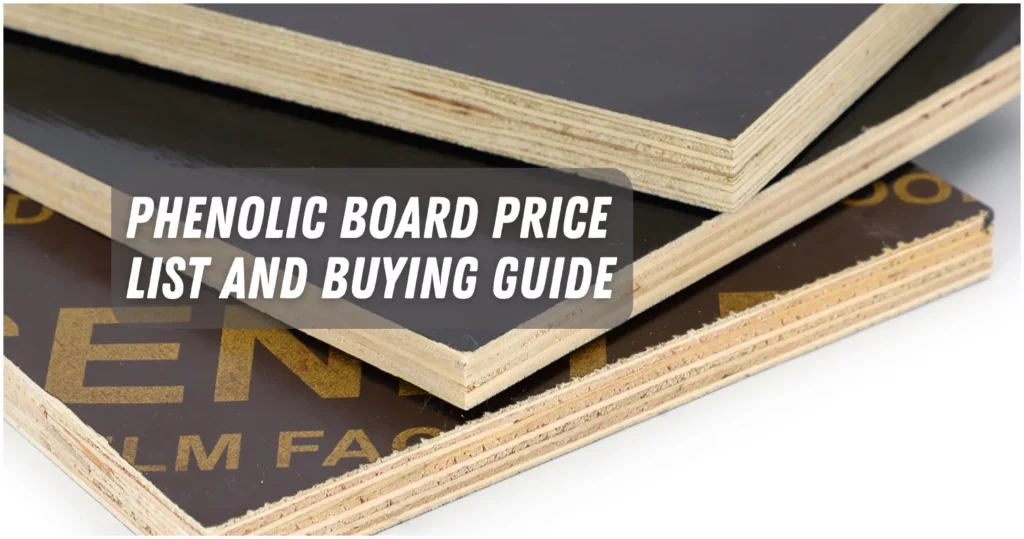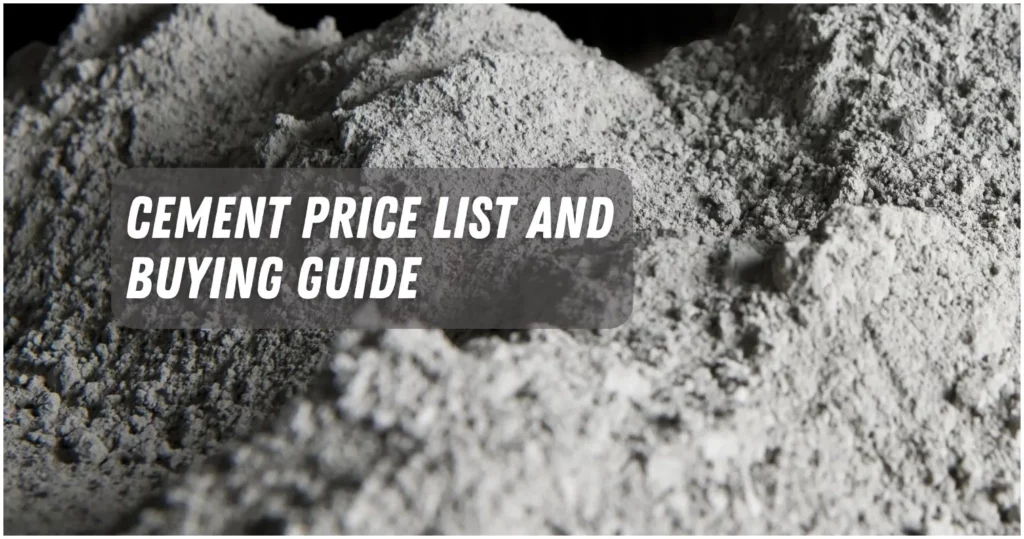Hardboard is an engineered wood product made from wood fibers that have been pressed together and stuck together with resin. It is known for being strong and lasting, which makes it a good choice for many projects.
There are many different kinds of hardboard, and each has its own unique qualities. It can be used for many things, such as making furniture, flooring, wall paneling, and temporary walls.
This article will tell you everything you need to know about hardboard, including its pros and cons, how to choose the right hardboard for your project, and how to keep it in good shape.
Advantages of Hardboard
There are many good things about hardboard that make it a popular choice for many projects.
- Durability and Strength
One of the best things about hardboard is that it is strong and lasts a long time. It is made of wood fibers that have been compressed and glued together with resin. This makes it resistant to damage from bumps and heavy use. This makes it a good choice for projects that need something strong and durable. - Moisture Resistance
Hardboard is also good because it doesn’t get wet. Hardboard can handle high levels of humidity and moisture better than other engineered wood products. This makes it a good choice for places like bathrooms and kitchens where humidity and moisture levels are high. - Affordable Price
Compared to other types of engineered wood products, hardboard is also a cheap material. This makes it more available to more people and is especially helpful for people on a tight budget. - Versatility and Customization
Hardboard is flexible and can be changed to fit different needs and tastes. It can be bent, cut, and drilled to fit many different projects, making it a great choice for people who need a flexible material.
Overall, hardboard is a practical and cost-effective choice for many projects because it is strong, doesn’t get damaged by water, is cheap, and can be used for many different things.
Disadvantages of Hardboard
Hardboard has some flaws that might make it unsuitable for some projects.
- Fragility
Hardboard is fragile and easy to break when it gets hit, so it might not stand up well to heavy use or being handled a lot. Because of this, it isn’t good for projects that need a material that can handle heavy use or being hit a lot. - Susceptibility to Warping
If there is a lot of moisture or humidity in the air, hardboard can also warp and swell. This can cause the material to change shape, which can affect how it looks and what it can do. - Lack of Aesthetics
Hardboard is not known for its good looks, and it may not look as nice as natural wood or high-quality engineered wood products. - Limited Color Options
Hardboard also doesn’t come in a wide range of colors, with most products only coming in light or neutral tones. This could make it hard to match with some color schemes or styles of home decor.
Overall, hardboard has some good points, but it’s important to think about these bad points when deciding if it’s right for your project.
How to Choose the Right Hardboard for your Project
Choosing the right hardboard for your project can make all the difference in terms of durability, functionality, and overall satisfaction. Here are some key factors to consider when selecting the right hardboard:
- Purpose
Think about what you want to do and what kind of hardboard would work best. For example, if you want to make a temporary wall, you might want to use a type of hardboard with a smooth surface and a neutral color. If you want to make a piece of furniture, you might want to use a type of hardboard with a rougher surface and a natural finish. - Moisture Resistance
Think about how wet the area is that the hardboard will be used in. If the area has high levels of moisture or humidity, choose a type of hardboard that is moisture resistant. - Budget
Think about how much money you have and choose a type of hardboard that fits within that range. Remember that hardboard is a cheap material compared to other engineered wood products, but the prices of different types of hardboard are still different. - Aesthetics
Think about how the hardboard looks and choose a type that fits your style and the look and feel of the room as a whole. - Availability
Think about where you can get the type of hardboard you’re interested in and make sure it’s easy to do so.
By thinking about these key things, you can choose the right type of hardboard for your project, making sure you get a durable and useful material that fits your budget and personal style.
Uses of Hardboard
Hardboard can be used in many different ways and for many different projects. Some of the most common ways to use hardboard are:
- Furniture
Hardboard can be used to make shelves, bookcases, and tables, among other things. It is often used for furniture projects because it is strong and cheap. - Wall Paneling
Hardboard can be used to make wall panels because it is smooth and easy to paint or paper over. - Temporary Partitions
Hardboard is often used to make temporary walls, like room dividers, because it is light and easy to put up. - Flooring Underlayment
Hardboard can be used as an underlayment for laminate or engineered wood floors, making them more stable. - Crafts and DIY Projects
Hardboard is often used for do-it-yourself projects and crafts because it is easy to cut and shape to fit different needs.
Overall, hardboard is a flexible material that can be used for many different things. This makes it a practical and cost-effective choice for many projects.
Maintenance and Care of Hardboard
Follow the right maintenance and care steps for your hardboard to keep it in good shape and make it last longer. Here are some tips for taking care of and keeping hardboard in good shape:
- Clean Regularly
Dirt, dust, and other things can get stuck on the surface of the hardboard and make it look less than its best. To clean the hardboard’s surface, use a soft cloth and a mild cleaning solution. - Avoid Moisture
If there is a lot of moisture or humidity in the air, hardboard can warp and get bigger. To stop this from happening, keep hardboard away from sources of moisture like leaking pipes or spills, and make sure it is properly sealed if it is going to be used in a bathroom or another place that gets a lot of moisture. - Avoid Impact
Hardboard is fragile and easily broken, so it needs to be handled carefully. When moving or putting up hardboard, make sure to support it properly so that you don’t put too much pressure on any one area. - Protect the Surface
You might want to use a sealant or topcoat to protect the hardboard’s surface and keep it looking its best. This will help keep scratches, spills, and other damage from happening to the surface.
By following these tips, you can keep your hardboard in good shape and make sure it lasts for a long time.
Frequently Asked Questions
- What is hardboard made of?
- Hardboard is made from wood fibers that have been heated and pressed together to make a panel that is dense and even.
- Is hardboard durable?
- Hardboard is a fairly durable material, but if it is exposed to a lot of water, it can warp or swell.
- Can hardboard be used for furniture?
- Yes, hardboard is often used to make furniture because it is cheap and lasts a long time.
- Is hardboard a good choice for wall paneling?
- Yes, hardboard is often used as wall paneling because it has a smooth surface that makes it easy to paint or put up wallpaper.
- Can hardboard be used as a flooring underlayment?
- Yes, hardboard can be used as a base for laminate or engineered wood flooring. It makes the floor more stable.
- How is hardboard different from other building materials?
- Hardboard is an engineered wood product made by pressing and heating wood fibers together. It is different from materials like MDF, particleboard, and plywood.
- Can hardboard be painted or finished?
- Yes, hardboard can be painted or finished to look and feel the way a project needs it to.
- How is hardboard maintained and cared for?
- Keep hardboard away from sources of moisture and humidity, and clean it often with a mild cleaning solution.
- Is hardboard an environmentally friendly option?
- How hardboard affects the environment depends on what materials are used to make it and how it is made. Some hardboard is made from materials that are good for the environment or that have already been used.
- What are some common uses for hardboard in DIY projects?
- Hardboard is often used in crafts and do-it-yourself projects because it is easy to cut and shape to fit different needs. In DIY projects, hardboard is often used to make furniture, wall panels, underlayment for floors, and temporary walls.


